China claims progress on rockets for crewed lunar landings and moon base
Monday, 22 August 2022 11:37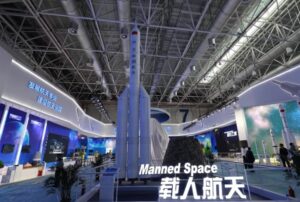
China is progressing with the development of two super heavy-lift rockets for crewed missions and infrastructure launches to the moon, according to officials.
The post China claims progress on rockets for crewed lunar landings and moon base appeared first on SpaceNews.
Surprising details leap out in sharp new James Webb Space Telescope images of Jupiter
Monday, 22 August 2022 11:22
New water map of Mars will prove invaluable for future exploration
Monday, 22 August 2022 11:00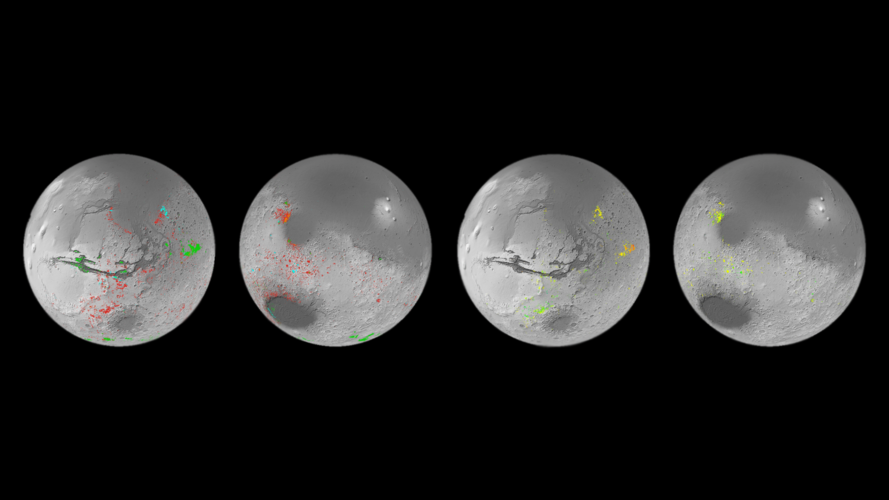
A new map of Mars is changing the way we think about the planet’s watery past, and showing where we should land in the future.
On the front lines of space innovation
Monday, 22 August 2022 09:11 George Lordos is not your typical graduate student. A degree in economics from Oxford University, an MBA from the MIT Sloan School of Management, and a 20-year professional career were not the end of his learning journey. His longtime passion for space, particularly the prospect of making a sustainable society on Mars a reality, drew him back to school yet again, this time to study aeronautics a
George Lordos is not your typical graduate student. A degree in economics from Oxford University, an MBA from the MIT Sloan School of Management, and a 20-year professional career were not the end of his learning journey. His longtime passion for space, particularly the prospect of making a sustainable society on Mars a reality, drew him back to school yet again, this time to study aeronautics a 45 years after launch, NASA's Voyager probes still blazing trails billions of miles away
Monday, 22 August 2022 09:11 Forty-five years ago, NASA launched the first part of its most ambitious deep space mission in its history - a spacecraft called Voyager 2, which is still communicating with scientists on Earth at a distance of more than 12 billion miles away.
Voyager 1 and Voyager 2 are both in interstellar space. In fact, they are one of only five space probes from Earth that have left the solar syst
Forty-five years ago, NASA launched the first part of its most ambitious deep space mission in its history - a spacecraft called Voyager 2, which is still communicating with scientists on Earth at a distance of more than 12 billion miles away.
Voyager 1 and Voyager 2 are both in interstellar space. In fact, they are one of only five space probes from Earth that have left the solar syst SpaceVPX (VITA 78) and the World of Interconnect
Monday, 22 August 2022 00:00
SpaceVPX is a set of standards for interconnects between space system components with a goal to cost-effectively remove bandwidth as a constraint.
The post SpaceVPX (VITA 78) and the World of Interconnect appeared first on SpaceNews.
NASA cautions planetary science funding falls short of decadal projections
Sunday, 21 August 2022 21:52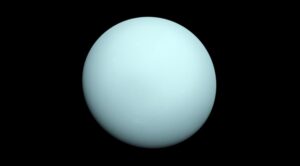
As NASA takes the first steps to implement recommendations of the planetary science decadal survey, the agency is warning that projected funding for at least the near term will fall short of that’s report’s projections.
Five companies win $4.8 billion in contracts from the National Air and Space Intelligence Center
Sunday, 21 August 2022 19:46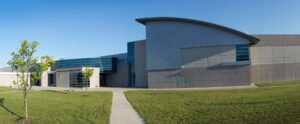
The U.S. Air Force selected five companies for a $4.8 billion multi-award contract to provide research, development and software services over 10 years for the National Air and Space Intelligence Center.
Space Force wargame challenges satellite operators to think critically
Sunday, 21 August 2022 17:00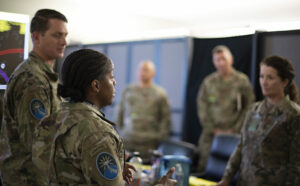
At the Space Flag exercise, Space Force guardians conduct simulated operations that mimic a real-world conflict
The post Space Force wargame challenges satellite operators to think critically appeared first on SpaceNews.
Hawaii seeks end to strife over astronomy on sacred mountain
Saturday, 20 August 2022 15:55
NASA asks industry for input on ISS deorbit capabilities
Saturday, 20 August 2022 15:20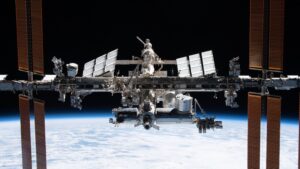
NASA is requesting information from industry on its capabilities and interest in developing a spacecraft that would deorbit the International Space Station at the end of its life.
The post NASA asks industry for input on ISS deorbit capabilities appeared first on SpaceNews.
50 years ago, NASA's Copernicus set the bar for space astronomy
Saturday, 20 August 2022 05:23
At 6:28 a.m. EDT on Aug. 21, 1972, NASA's Copernicus satellite, the heaviest and most complex space telescope of its time, lit up the sky as it ascended into orbit from Launch Complex 36B at what is now Cape Canaveral Space Force Station, Florida.
Initially known as Orbiting Astronomical Observatory (OAO) C, it became OAO 3 once in orbit in the fashion of the time. But it was also renamed to honor the 500th anniversary of the birth of Nicolaus Copernicus (1473–1543). The Polish astronomer formulated a model of the solar system with the Sun in the central position instead of Earth, breaking with 1,300 years of tradition and triggering a scientific revolution.
Fitted with the largest ultraviolet telescope ever orbited at the time as well as four co-aligned X-ray instruments, Copernicus was arguably NASA's first dedicated multiwavelength astronomy observatory. This makes it a forebear of operating satellites like NASA's Neil Gehrels Swift Observatory, which watches the sky in visible, ultraviolet, and X-ray light.
Intelsat working to regain control of Galaxy 15 satellite
Friday, 19 August 2022 21:35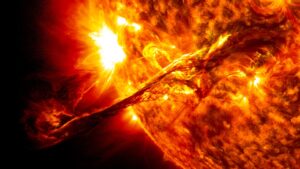
Intelsat said Aug. 19 it has lost control of its Galaxy 15 satellite after it was likely hit by a geomagnetic storm.
The post Intelsat working to regain control of Galaxy 15 satellite appeared first on SpaceNews.
Big plans for mini-launchers
Friday, 19 August 2022 20:42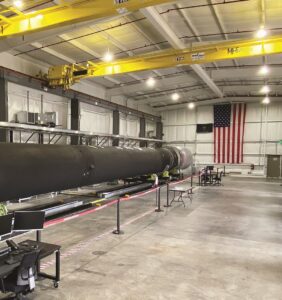
Industry’s attention is shifting to a larger class of rockets, sometimes called ”mini-launchers” capable of placing about a metric ton into orbit.
The post Big plans for mini-launchers appeared first on SpaceNews.
NASA selects potential lunar landing sites for Artemis 3
Friday, 19 August 2022 20:17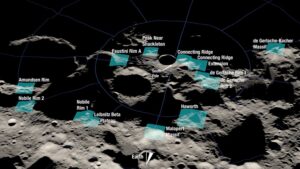
NASA has selected 13 regions around the south pole of the moon that it is considering for the first crewed landing of the Artemis program later this decade.
The post NASA selects potential lunar landing sites for Artemis 3 appeared first on SpaceNews.

